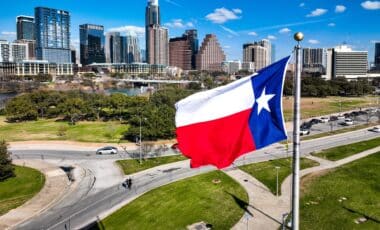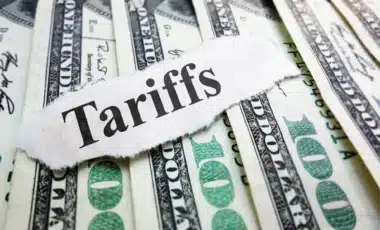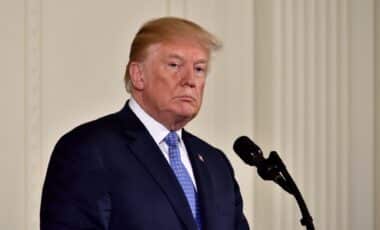President Donald Trump has announced a proposal to introduce a $5 million ‘gold card’ visa, offering a direct path to U.S. residency for the world’s wealthiest individuals.
Unlike the existing EB-5 visa program, which requires investment in job creation, this new initiative is a pay-to-play scheme with no employment requirements.
The move has sparked intense debate over its economic potential and ethical implications. This article appeared on Medium, where real estate expert Daniel Kaufman analysed the potential consequences of the policy, particularly for the luxury housing market.
A High-Stakes Immigration Proposal With Economic Ambitions
During his first Cabinet meeting, Trump framed the gold card visa as a game-changer, arguing that it would attract individuals who spend a lot of money, pay a lot of taxes, and employ a lot of people.
This marks a significant shift from the EB-5 investor visa, which requires a minimum $1 million investment and job creation for at least ten U.S. workers. By eliminating these conditions, the gold card visa simplifies the pathway for foreign millionaires and billionaires to settle in the U.S.
Proponents argue that this policy could generate substantial government revenue while injecting capital into high-end real estate markets. Critics, however, raise concerns over the lack of economic contribution requirements and potential risks associated with admitting high-net-worth individuals without stringent background checks.
Luxury Real Estate Markets Set for a Surge
If implemented, the policy is expected to drive an increase in foreign luxury real estate purchases, particularly in cities already favoured by ultra-wealthy investors. According to Henley & Partners, a global investment migration consultancy, these cities are home to some of the largest millionaire and billionaire populations:
- New York City (350,000+ millionaires, 60 billionaires) – A prime target for foreign capital, particularly in Manhattan and Brooklyn.
- San Francisco Bay Area (306,000+ millionaires, 68 billionaires) – The Silicon Valley tech sector continues to attract wealthy entrepreneurs.
- Los Angeles (212,600+ millionaires, 43 billionaires) – Demand for properties in Beverly Hills, Bel Air, and Malibu is expected to increase.
- Miami (35,400+ millionaires, 15 billionaires) – A long-time favourite for Latin American investors, with tax advantages and waterfront properties.
- Houston and Dallas (110,000+ and 68,700+ millionaires respectively) – Texas offers lower property prices and a business-friendly tax climate.
- Washington, D.C. (28,400+ millionaires, 12 billionaires) – The presence of government institutions makes the city attractive for political and business elites.
The expected rush of foreign capital could drive up property prices in these areas, benefiting real estate developers but potentially making homeownership even more unattainable for local buyers.
Uncertainty Over Legal and Political Viability
Despite Trump’s confidence in pushing the Gold Card initiative forward, legal and political obstacles remain. Immigration policies of this scale typically require congressional approval, and experts argue that this proposal could face strong opposition from lawmakers concerned about national security, economic fairness, and housing market stability.
Moreover, the precedent set by European nations rolling back similar visa schemes suggests that such policies often lead to unintended consequences.
In the UK, for instance, the investor visa program was scrapped in 2022 due to concerns over illicit financial flows and its failure to contribute meaningfully to job creation.









